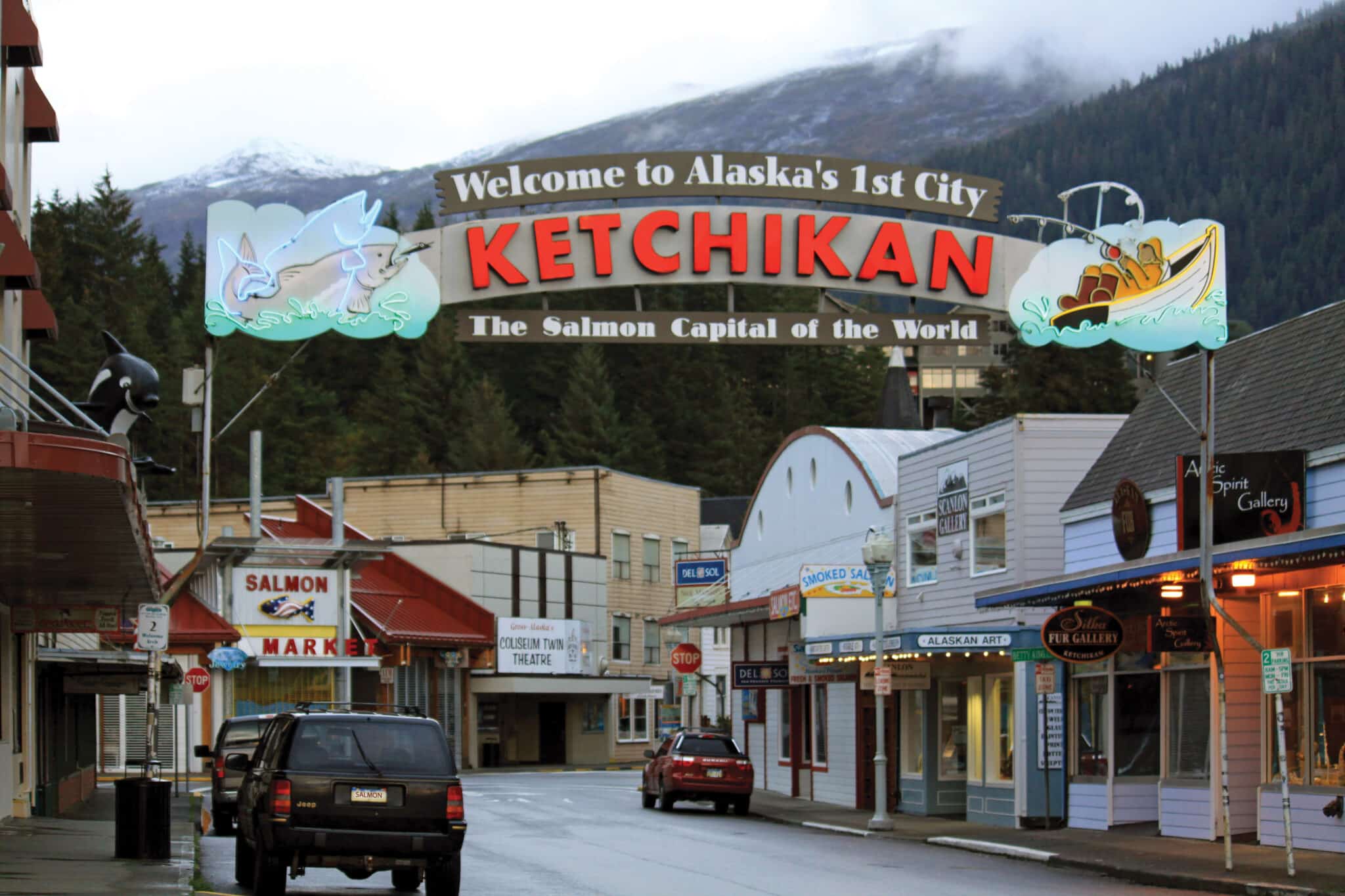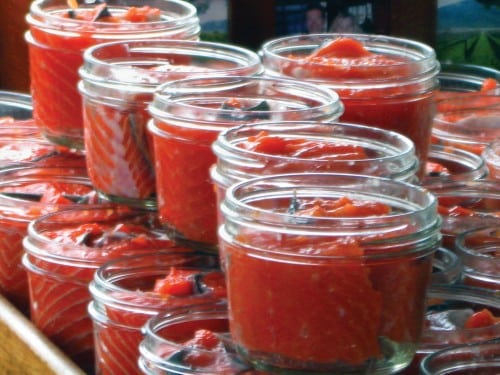The sustainable movement is sweeping across the world, and more and more people are taking interest.
But what does all this talk about sustainability really mean?
And what does your choice for dinner have on the world around you?
To start, all you have to do is visit Alaska…The last frontier in sustainability.
If you’re like most people, you know Alaska for its snow-covered mountains, glaciers that date back millions of years, and the incredible green beauty in summertime. But the state is also the world model for sustainability – and maybe for government genius, too. That’s because Alaska is the only state with a mandate for sustainable seafood written right into its State Constitution.
All told, Alaska supplies more than half of the wild-caught seafood in the United States. And Alaska will always be home to the greatest salmon runs in the world, providing as much as 95 percent of North America’s wild salmon.
What is sustainable seafood? It’s seafood that’s managed and fished using practices that ensure there will always be more to catch in the future.
The secret to Alaska’s success lies in two basic principles:
* Responsible fisheries management and sustainable fishing practices take
care not to harm the fish, other marine plants and animals, nor the
environment.
* Fish populations are never overfished. Overfishing happens when too many
fish are taken from the sea and there are not enough fish to replenish the
natural population.
Alaska boasts in having one of the worlds few governments that is truly dedicated to sustainability. It’s a commitment that dates all the way back to Alaska becoming a state in 1959, when Alaskan wrote sustainability into their Constitution-calling for fisheries to be sustainably managed in this way, Alaska promises to provide wild-caught and sustainable seafood for generations to come.
What can you do to help. When it comes to selecting from a wide variety of healthy and delicious seafood options, Alaska has you covered. When you buy Alaska seafood, you are making a responsible and tasty choice that’s good for you-and supports sustainable seafood.
So next time you’re at your favorite restaurant or supermarket, be sure to ask your waiter or fishmonger where the seafood came from and how it was fished. Better yet, simply ask for Alaska, or look for the Alaska logo.

For more information on sustainable fishing practices and Alaska seafood, please visit www.alaskaseafood.org










 Follow me Facebook
Follow me Facebook Follow me Instagram
Follow me Instagram Follow me Pinterest
Follow me Pinterest




